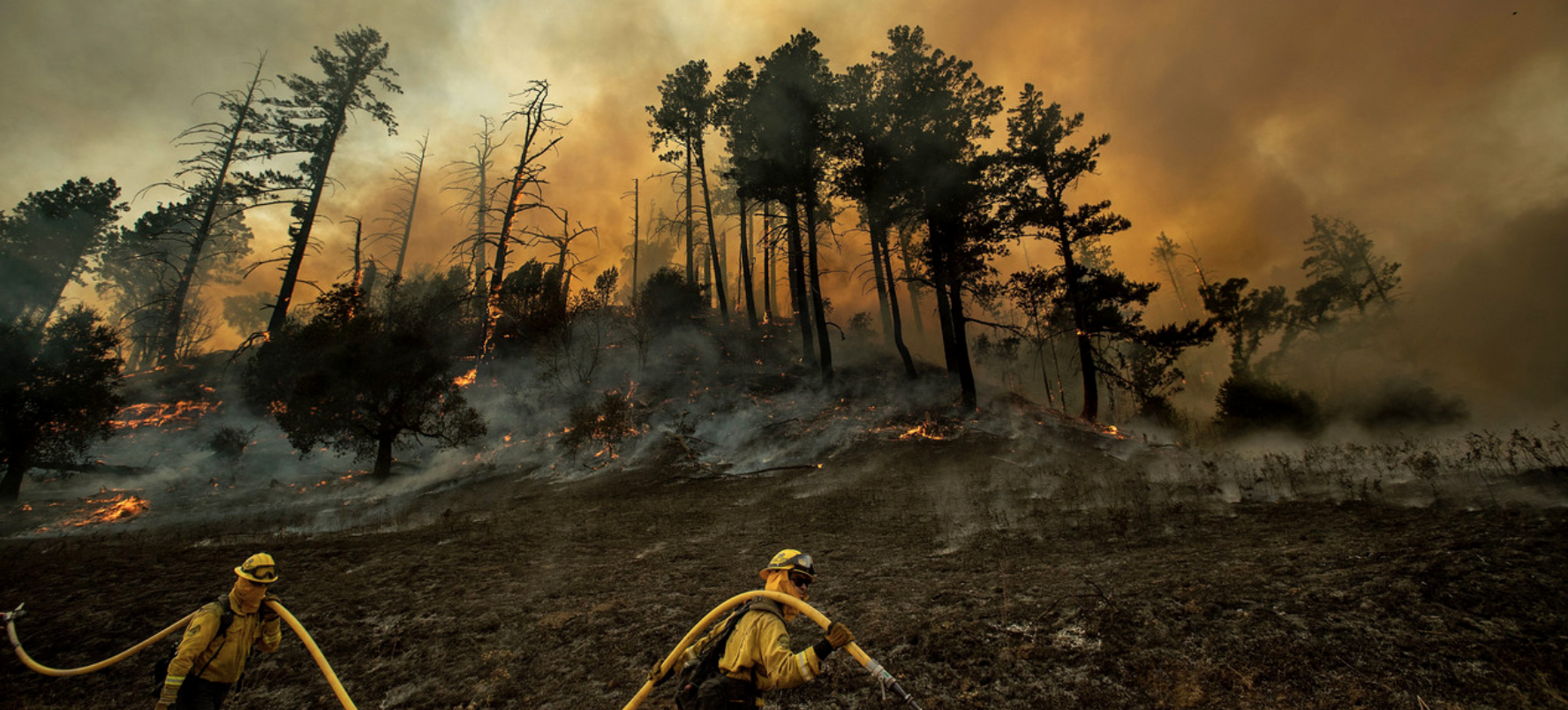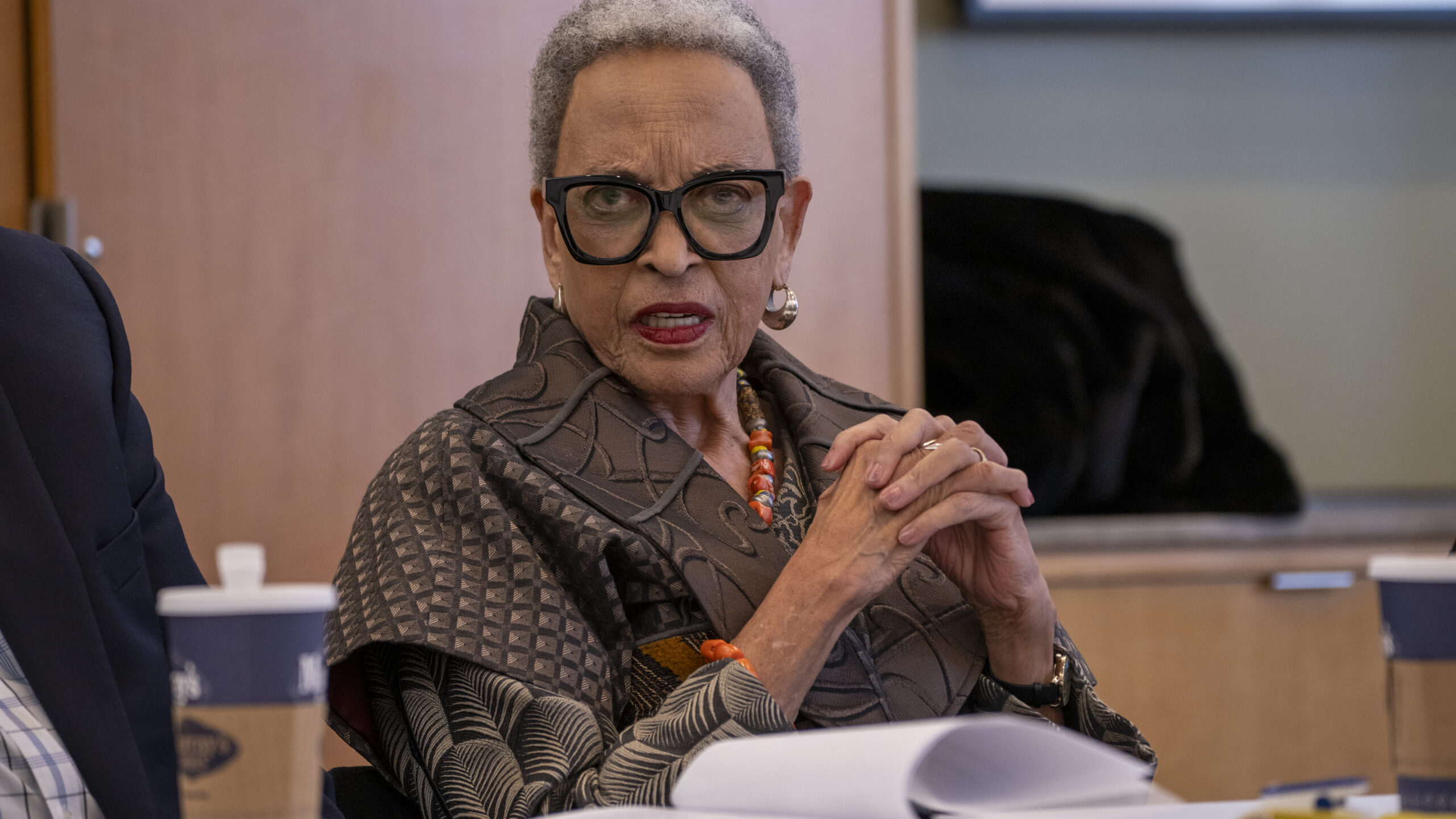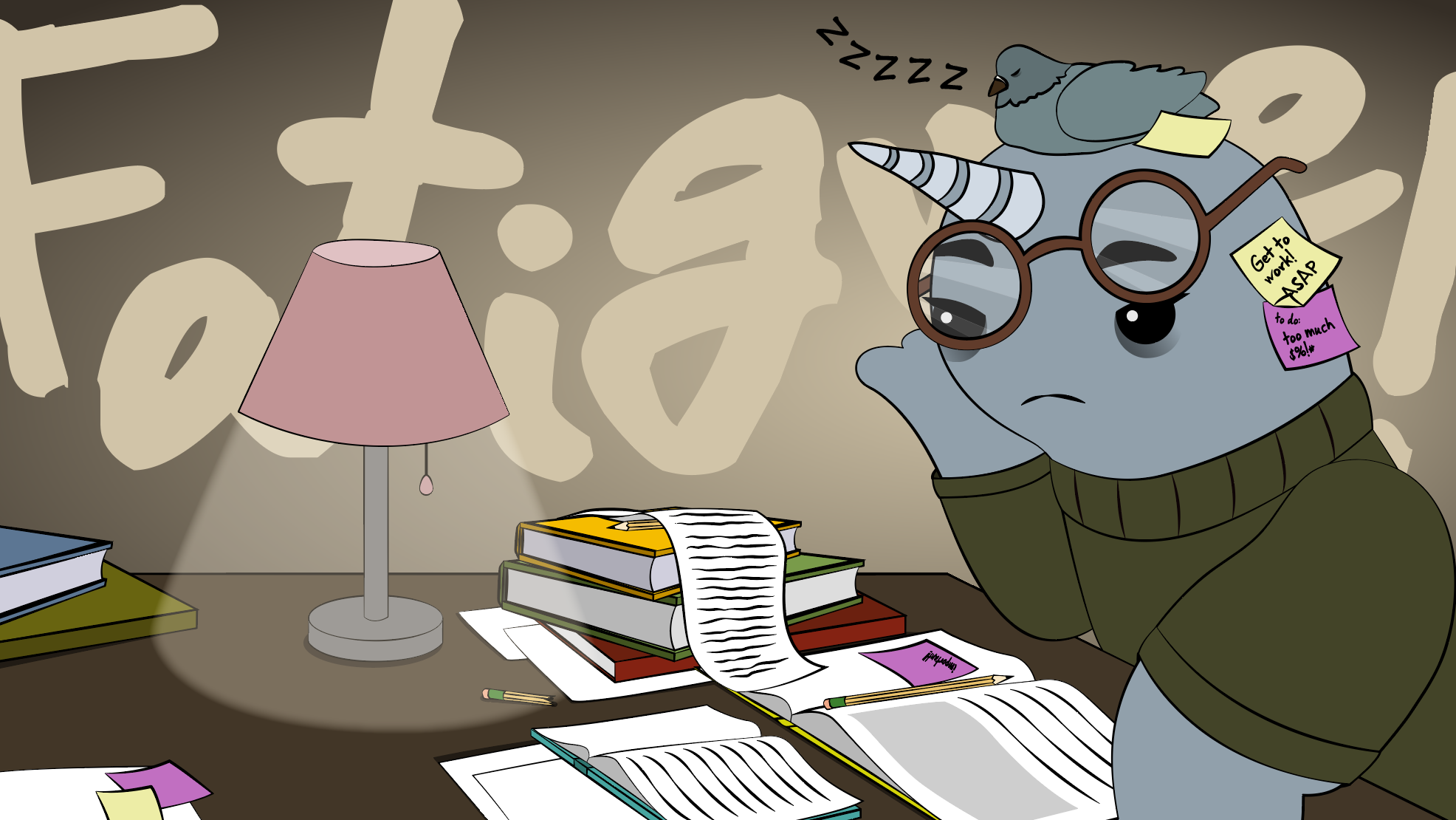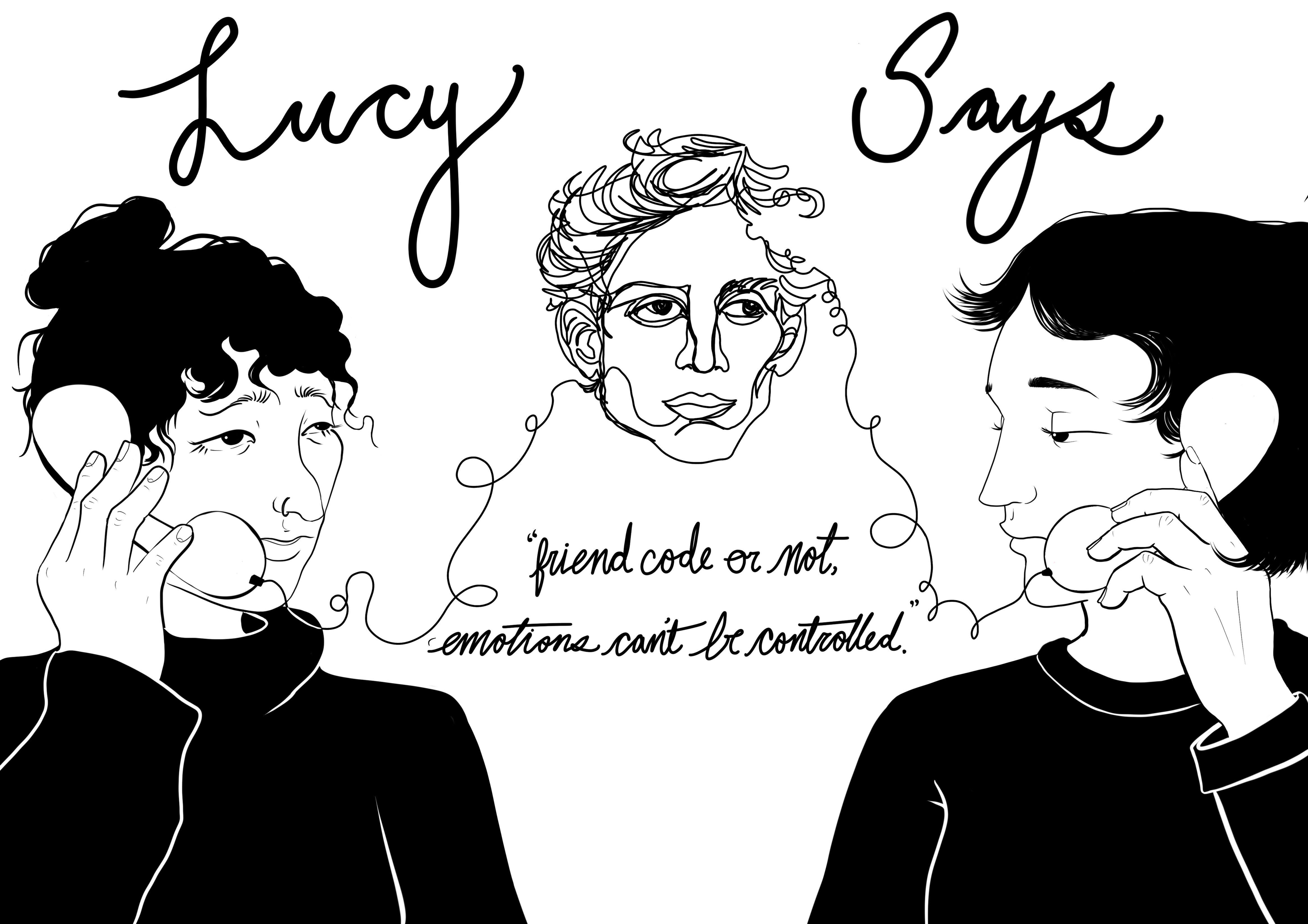New School student Claire Coll has family in southern California. This October, her parents, brother and sister were evacuated from their home as fires engulfed their home and those of their neighbors. “The fires got more dangerous and specific areas of L.A. were forced to evacuate,” Coll, a second-year literature studies student at Lang, said. “My brother had to come home to San Diego. My sister, who goes to school in Santa Barbara, even had to come home early for winter break as the air quality was so bad. The entire school’s finals were postponed until after winter break.”
Coll’s family was evacuated due to the Getty Fire, which burned into mid-November. California’s fire season has historically occurred in the fall, but this year, it’s stretching into December. According to an article published in the research journal Earth’s Future, drier air and stronger winds are contributing to longer fire seasons, both results of climate change. This past November marked the one year anniversary of two devastating California fires, the Woolsey Fire and Camp Fire.
According to the World Meteorological Institute, California wildfires have increased in annual burn size by 500% from 1972 to 2018. In November 2018, the Woolsey Fire started just above the Simi Valley in southern California and spread quickly, destroying 400 Southern California single-family homes in just one month. On the same day in Butte County, Northern California, the Camp Fire engulfed Sonoma County, escalating to be the most destructive fire in California history. The Camp Fire alone left California with $16.5 billion in financial losses, insured and uninsured, and burned 11,000 homes to the ground. Both these fires led Governor Gavin Newsom to declare California to be in a State of Emergency on March 22, 2019, in preparation for this year’s fire season.
This year the largest fires are as follows: the Kincade, Tick, Maria and Ranch Fires, as well as the Getty and Cave Fires. They have burnt thousands of acres each; the Kincade was the most destructive at 77,758 acres according to the California Department of Forestry and Fire Protection. At the same time as the Getty Fire erupted, the Palisades Fire broke out. Homes with views of the rolling California hills were engulfed in flames, killing 85 people and evacuating many families.
Shana Chasman, a senior at Pali High school in Pacific Palisades, California, was deeply impacted by the Palisades Fire. “At first I thought I was watching a movie because, of course, living in L.A., fires happen and stuff, but I just never really thought of it affecting me until it did,” Chasman said. The images she took below demonstrate how devastating the Palisades Fire was to the Chasman family home. Even the canyon below was charred.
Photographs by Shana Chasman.
These fires have affected all populations across California. The property of the rich and famous were affected — the Kardashian-Jenner and Hadid families were evacuated, according to the celebrities’ social media. Working class Californians were equally affected in the region.
The Northern California fires have also affected a large range of those with varying socioeconomic backgrounds. The scorching of highly lucrative vineyards jeopardized an entire migrant labor-backed wine industry and the primary source of income for many landworkers and landowners in Sonoma County.Tiger Berna, from Sebastopol, California, had to evacuate from Sonoma State University, as well as her family home in Sebastopol during the Kincade Fire this November. Although it was contained after 2 weeks, it was the most destructive fire that Sonoma County has ever seen, burning close to 80,000 acres of California soil and impacting the air quality, according to ABC News.
“I had already been evacuated from my dorm at Sonoma State University, but being evacuated from my home in Sebastopol Saturday night was a whole different feeling,” Tiger Berna, a second-year Business Management major, said via text.
Tiger said, “Our phones were blaring evacuation orders, the local fire station siren was never ending, our neighbor was screaming that we need to leave as soon as possible, and then the sheriff came by saying we must leave immediately. Packing up everything important to me was very emotional, as I knew there was a chance we may never see our house again and the items we leave behind.”
Top: Kincade Fire, Courtesy of Sacramento Bee/Lezlie Sterling.
Bottom: Kincade Fire, Courtesy of AP Photo/Noah Berger
As of Dec. 4, the Cave Fire was still burning , according to KSBY. On Oct. 24, 24 hours after the Kincade fire set ablaze, California’s major utility company, Pacific Gas & Electric (PG&E) filed an Electric Incident report with the California Public Utilities Commission (CPUC).
On Dec. 3, according to the Wall Street Journal, a California state investigation concluded that “PG&E Corp. failed to adequately inspect and maintain its transmission lines for years before a faulty line started the deadliest fire in California history.”
“I realized that my family, my mom, my dad, my sister and the dogs could be in danger,” Chasman, the senior from Pacific Palisades, said. “And then lots of things started to go through my mind, like what would happen if the place burned down, and then [we] lost all of our stuff like our beds and my guitars. And then to think that all of my neighbors would be in danger too. It was just so much all at once.”
Maya Kass and Emily Pavis are both reporters from northern California. Contributed reporting by Mila Greenberg and Daniela Garcia-Arce.







